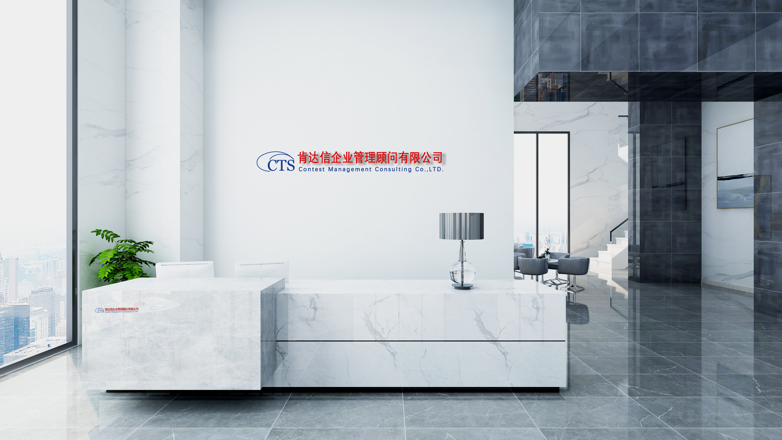ASOS验厂辅导|供应商危废应张贴标识并存放在指定安全区域
9. ENVIRONMENTAL MANAGEMENT
9.1. Suppliers must comply with all relevant laws and regulations regarding the protection and preservation of the environment. This includes obtaining and maintaining all required environmental permits (e.g. discharge monitoring), approvals and registrations.
9.2. Factories must also adhere to all applicable laws, regulations and customer requirements regarding specific substances that are restricted (or prohibited) by law or by ASOS. It is the Supplier’s responsibility to ensure that any factories used by the Supplier adheres to these requirements.
9.3. In sourcing Suppliers, we will consider their environmental performance and, in particular their commitment to minimising harmful impacts of their operations on the community, environment and natural resources.
Areas our Suppliers must assess and manage include:
9.3.1 Environmental Protection Standards
9.3.1.1 Waste Disposal
Elimination or reduction of waste by practices such as modifying production, improved maintenance, materials substitution, conservation, recycling and re-use of materials.
The Employer shall identify waste sources and develop a procedure for disposal.
Hazardous wastes shall be labelled and disposed of properly.
Disposal records shall also be maintained.
Hazardous wastes shall be stored in designated and secure areas.
The containers of hazardous waste shall be in sound condition.
Training shall be provided for employees handling hazardous waste.
9.3.1.2 Air Emissions
The Employer shall identify air emission sources and monitor the emission in accordance with regulatory requirements.
Maintenance programmes and operating procedures should be developed and implemented for in-house air treatment facilities.
9.3.1.3 Industrial Waste Water Discharge
The Employer shall identify waste water discharge sources and monitor the emission in accordance with regulatory requirements.
Maintenance programmes and operating procedures shall be developed and implemented for in-house waste water treatment facilities.
The local authority for waste water discharge shall grant an appropriate license or permit.
9.3.1.4 Asbestos
The presence of any asbestos in the workplace shall be identified and steps taken to ensure its condition is monitored and that it is maintained safely. Anyone working within this environment e.g. electricians shall be made aware of the presence of asbestos.
9.3.1.5 Storage
Secondary containment equivalent to minimum 110% of volume of the largest container shall be provided in storage areas for chemical leakage.
No drains are allowed inside the storage area.
Drum storage areas shall be covered to prevent rainwater from coming into contact with drums.
9.4. Raw Materials Management
9.4.1. Ensure cotton is responsibly sourced including not sourcing from areas with known human rights violations such as Uzbekistan. Keep a record of cellulosic producers (e.g. Birla, Sateri, Zhejiang Fulida) in
your supply chain for any cellulosic fibres (such as viscose, rayon, bamboo) supplied to ASOS.
9.4.2. Prioritise and verify the use of more sustainable raw materials such as pre- or post-consumer recycled fibres, organic, or sustainable cotton alternatives such as Better Cotton Initiative (BCI) or Cotton Made in Africa (CMiA).
9.5. Wet processes
9.5.1.Seek alternative wet processes that reduces water, energy and chemical use and take responsibility for knowing where wet processes are taking place including laundries and tanneries。
9.6. Animal Welfare
9.6.1. Do not use fur, including rabbit hair (angora) or Mongolian lambs fur. Do not use any part of vulnerable, endangered, exotic or wild caught species. Do not use feather and down, shell, horn or bones in ASOS’ own-label products. Do not test any products or ingredients on animals. Only source certain types of leather, wool, cashmere, mohair and other animal hair from Suppliers with a good track record of animal welfare.
9. 环境管理
9.1. 供应商必须遵守有关保护和保存的所有相关法律法规环境。这包括取得和维持所有必需的环境许可证(例如排放监督、批准和注册)。
9.2. 工厂还必须遵守所有适用的法律、法规和客户的具体要求法律或ASOS限制(或禁止)的物质。供应商有责任确保供应商使用的任何工厂都遵守这些要求。
9.3. 在寻找供应商时,我们会考虑他们的环保表现,特别是他们的承诺尽量减少其运作对社区、环境及自然资源的有害影响。
我们的供应商必须评估和管理的领域包括:
9.3.1环境保护标准
9.3.1.1废物处理
通过改进生产、改进等措施消除或减少浪费,材料替代,保护,回收和再利用材料。
雇主应确定废物来源并制定处置程序。
危险废物应贴上标签并妥善处理。
处置记录也应保持。
危险废物应存放在指定的安全区域。
危险废物容器应完好。
对处理危险废物的员工进行培训。
9.3.1.2气体排放
业主应识别空气排放源,并按照规定监测排放情况监管要求。
应制定和实施维护计划和操作程序
适用于室内空气处理设施。
9.3.1.3工业废水排放
·业主应确定废水排放源,并对排放情况进行监控符合法规要求。
维护计划和操作程序应制定和实施内部污水处理设施。
地方污水排放主管部门应颁发适当的许可证或许可证。
9.3.1.4石棉
应识别工作场所中存在的任何石棉,并采取措施确保其安全状态监控,并保持安全。任何在这种环境下工作的人应了解石棉的存在。
9.3.1.5存储
·二级容器应至少相当于最大容器体积的110%
用于储存区域防止化学品泄漏。
存储区域内不允许有排水沟。
●滚筒存储区域应覆盖,以防止雨水与滚筒接触。
9.4. 原材料管理
9.4.1. 确保棉花的来源是负责任的,包括不从已知的人权地区采购
如乌兹别克斯坦的违法行为。保持纤维素生产商(如Birla,赛得利,浙江富力达)的记录供应给ASOS的任何纤维素纤维(如粘胶、人造丝、竹子)的供应链。
9.4.2. 优先考虑和核实使用更可持续的原材料,如消费前或消费后的回收利用纤维,有机或可持续棉花替代品,如更好的棉花倡议(BCI)或棉花制造非洲(CMiA)。
9.5. 湿过程
9.5.1.寻求替代湿法工艺,减少水,能源和化学品的使用,并承担责任了解在哪里进行湿法加工,包括洗衣店和制革厂。
9.6. 动物福利
9.6.1. 不要使用毛皮,包括兔毛(安哥拉毛)或蒙古羔羊毛。不要使用易受伤害的任何部位,濒危的,外来的或野生捕获的物种。请勿在ASOS中使用羽毛和羽绒、贝壳、角或骨头。自有品牌的产品。不要在动物身上测试任何产品或成分。只来源某些类型的皮革、羊毛、羊绒、马海毛和其他动物毛,来自有良好动物福利记录的供应商。
























 18576401396
18576401396 




